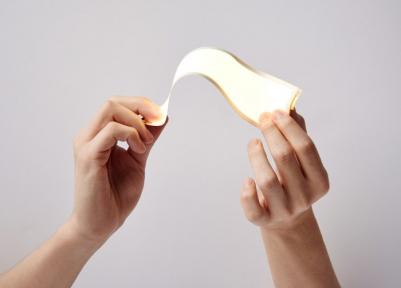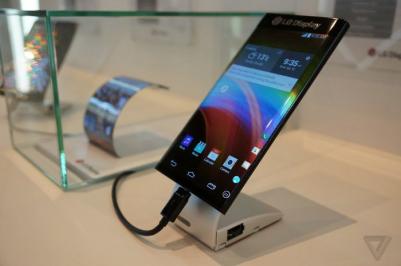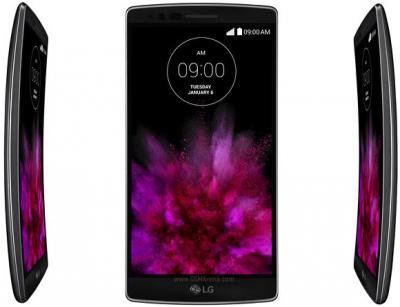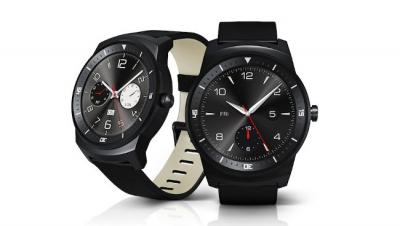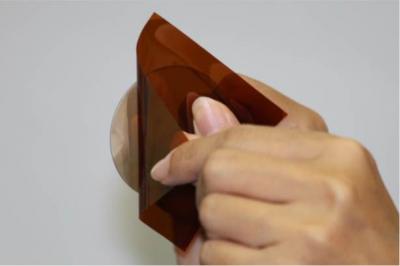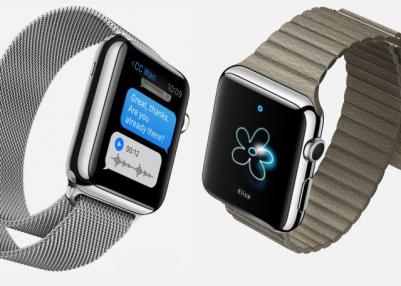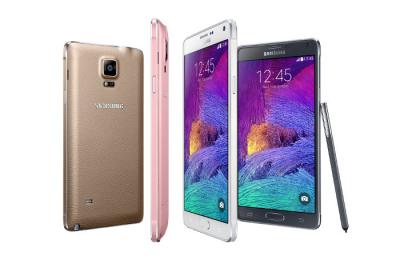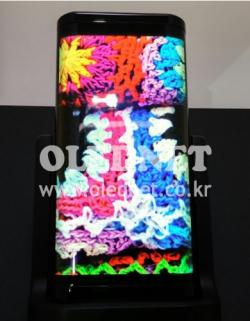Samsung may want to triple its GS6 Edge production, but will SDC be able to produce so many flexible AMOLEDs?
Earlier this month, Samsung Electronics reported high demand for their Galaxy S6 and its curved-display variant the Galaxy S6 Edge - in fact the GS6 Edge received 5 million orders (from mobile carriers, not final customers).
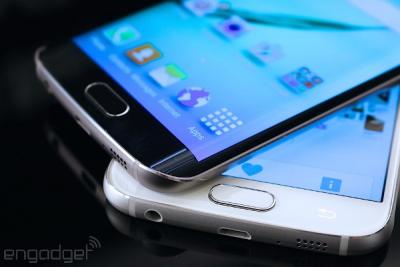
Now we hear reports from Korea that Samsung Electronics may decide to increase the GS6 Edge output - in fact they may want to triple the planned production, as they think the GS6 Edge may sell as many units as the 'regular' GS6.


